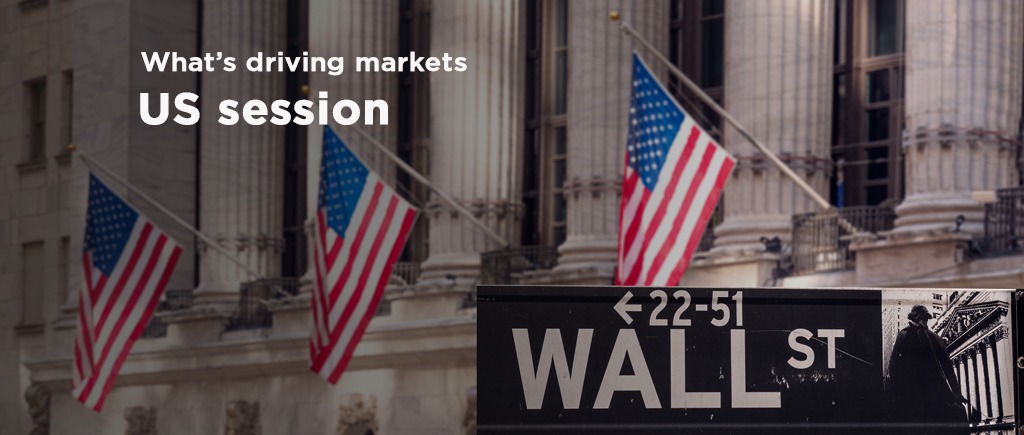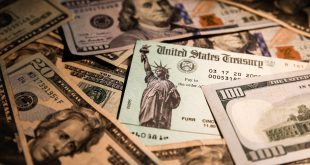After Friday’s inflation figures, the US Dollar rose against the Euro, but the American currency was still on course for a weekly loss.
Economic Data
The University of Michigan’s consumer confidence index reported a score of 62 points in March, down from the previous reading of 63.4 points, which was lower than market estimates of 63.2 points. The measure is significant because rising consumer confidence leads to increased expenditure and quicker economic growth. The improvement in labour market conditions and an increase in the rate of inflation are also indicators of rising consumer confidence, which makes the Fed more likely to continue raising interest rates.
The price index for core personal consumption climbed by 0.2% in February as opposed to the 0.3% predicted, slowing from a 0.5% growth in January that had been downwardly revised. As a result, core PCE price growth was at its lowest point since the end of 2021, falling marginally from 4.7% to 4.6%. Hopes that the Fed would be more cautious in raising interest rates were increased by the slower rise of US consumer expenditure.
Inflation in the Eurozone fell to its lowest level ever in March, according to statistics released earlier in the US session, but core price pressures—which don’t include food and energy—accelerated, keeping pressure on the European Central Bank to keep raising rates. The eurozone’s rate of inflation fell sharply in March, as energy prices across the region continued to fall from record levels reached last summer, but prices for food remained stubbornly high.
According to the European Union’s statistical office, prices increased 6.9% annually from January through March in the 20 nations that use the euro, which is a decrease from the 8.5 percent annual pace recorded in February. The cost of energy, which increased last year after the invasion of Ukraine and decreased this year as Europe successfully switched away from a reliance on Russian fuels, was a major factor in the said decline.
Key Developments
Following Friday’s report, the Euro was 0.48% weaker at $1.0852. With its fifth straight week of gains versus the US dollar, the euro increased by 0.8%, the longest such run since August 2020.
The Fed is seen as about as likely to raise its benchmark overnight interest rate in May as not. But even if it does, it is expected to reverse course quickly and end the year with rates lower than it began, according to futures contracts tied to the U.S. central bank’s policy rate.
Next week
Central bank meetings are looming in Australia and New Zealand. Markets have priced in a pause for Australia and a step down in pace to a 25 basis point increase for New Zealand.
The Australian dollar fell 0.45% and the kiwi was down 0.1%, after data showed China’s manufacturing activity expanded at a slower pace in March, raising doubts about the strength of a post-COVID factory recovery with weaker global demand and a property market downturn.
Sterling weakened 0.4% on Friday to $1.2337, as a murky economic outlook overshadowed data showing Britain avoided a recession in the final months of 2022.
In cryptocurrencies, bitcoin was 1.1% higher at $28,340. The digital currency came under pressure recently as investors worried over cryptocurrency exchange Binance and Chief Executive Changpeng Zhou being sued by the Commodity Futures Trading Commission over regulatory violations.
Also Read:
WTI surges with 9% weekly gains
AUD/USD Impacted by US Inflation Data
Could Dogecoin rally 60% next week?
Fed’s Williams: Expect inflation to decline to around 3.25% this year
 Noor Trends News, Technical Analysis, Educational Tools and Recommendations
Noor Trends News, Technical Analysis, Educational Tools and Recommendations





